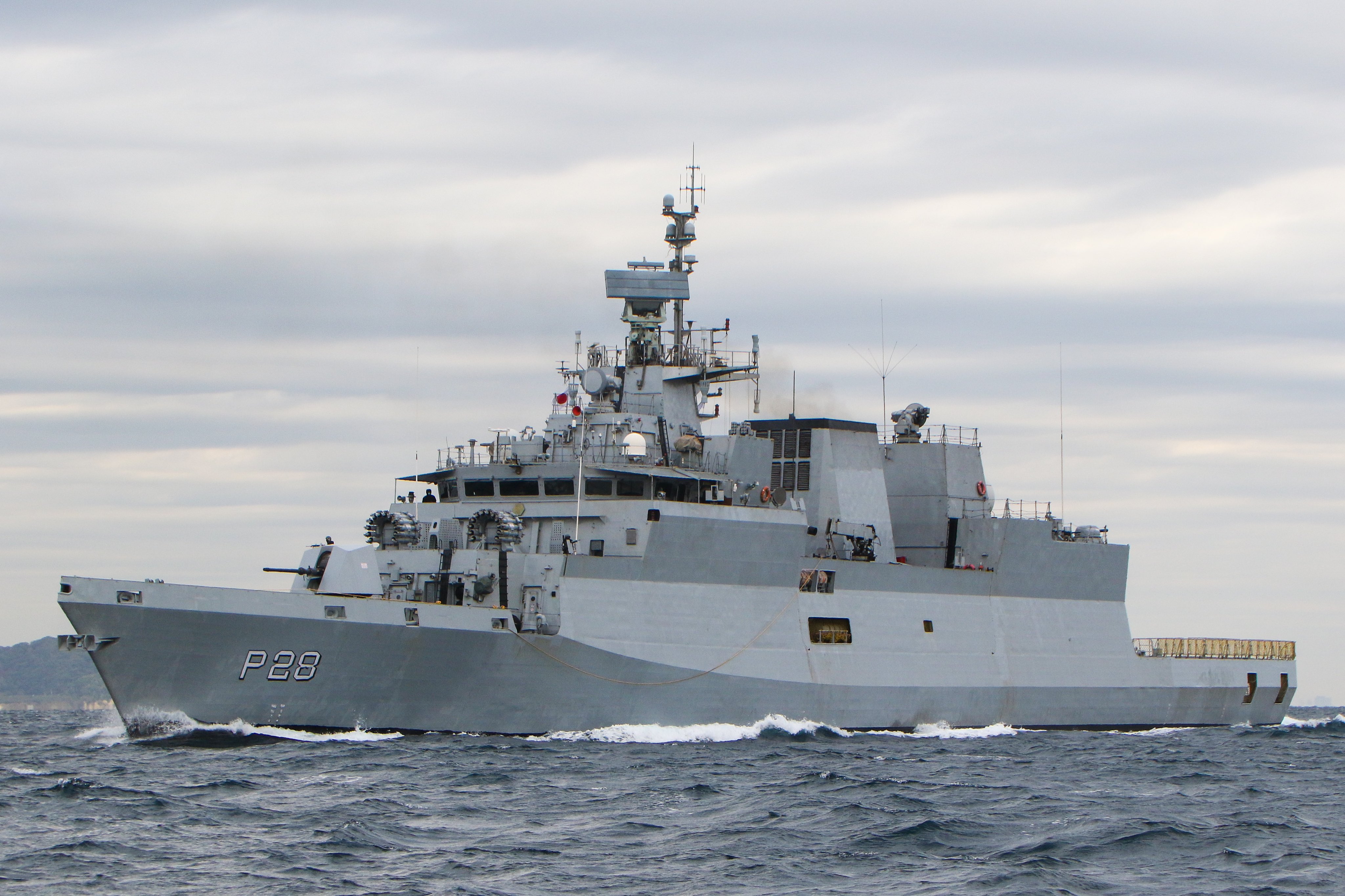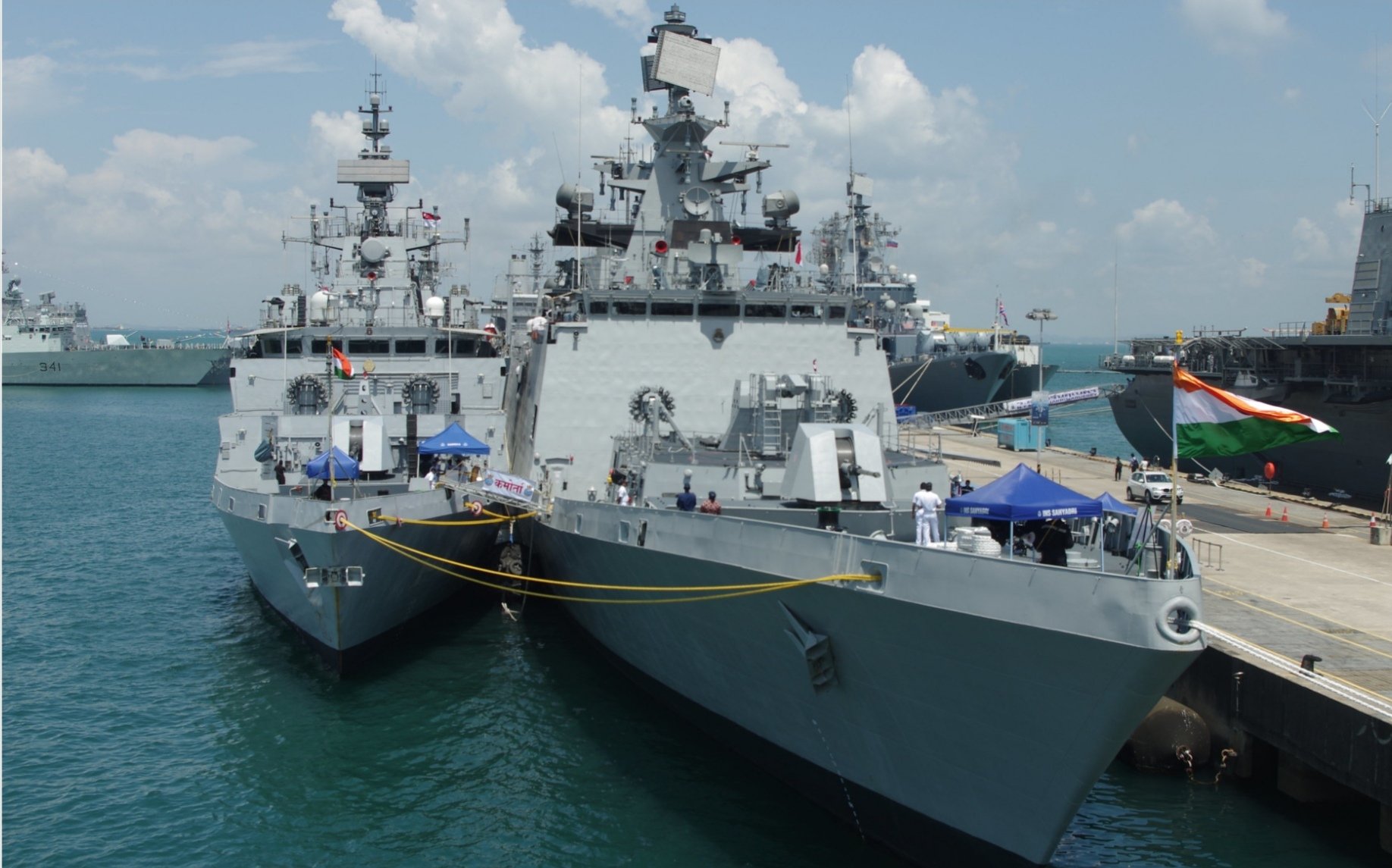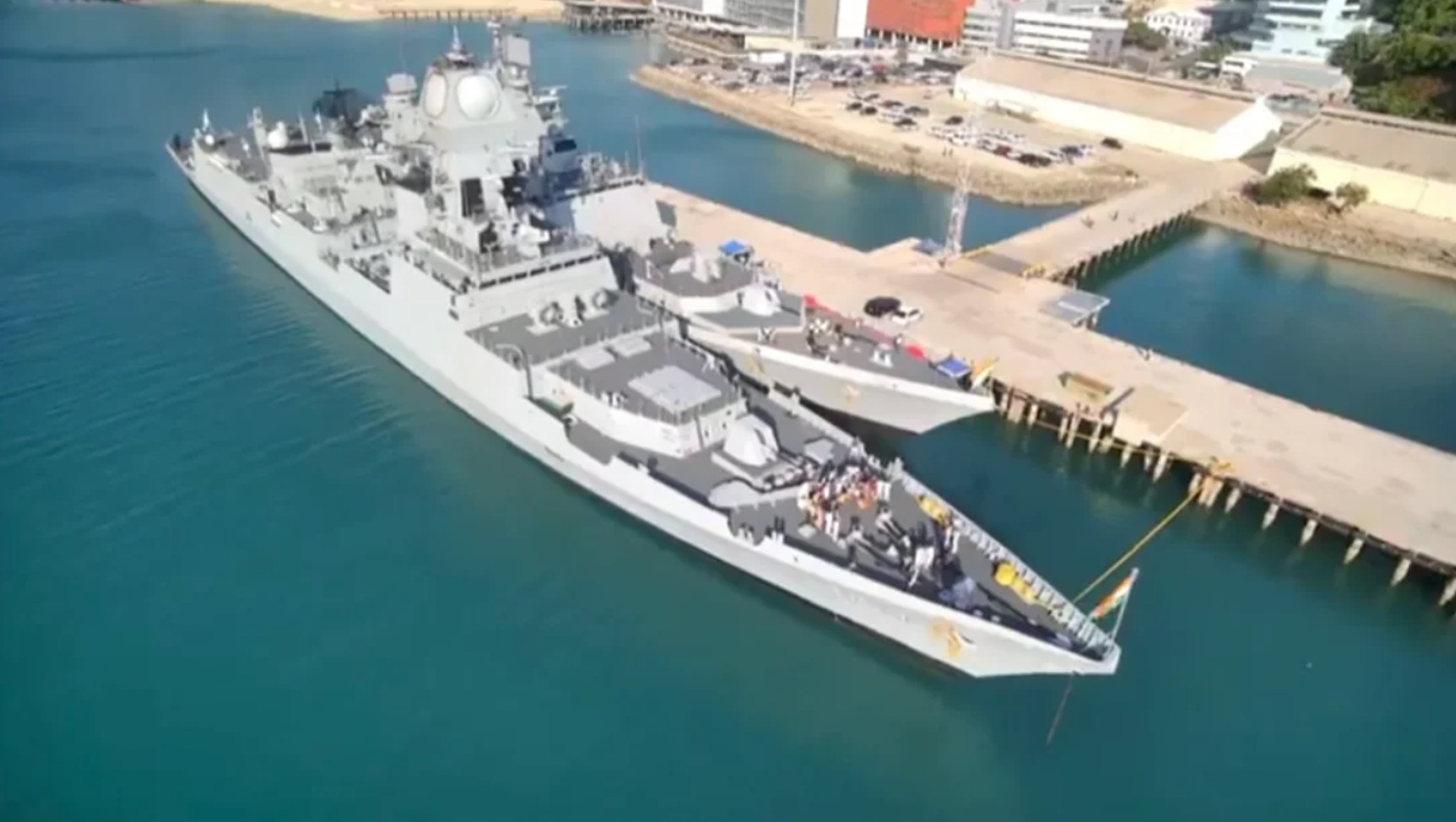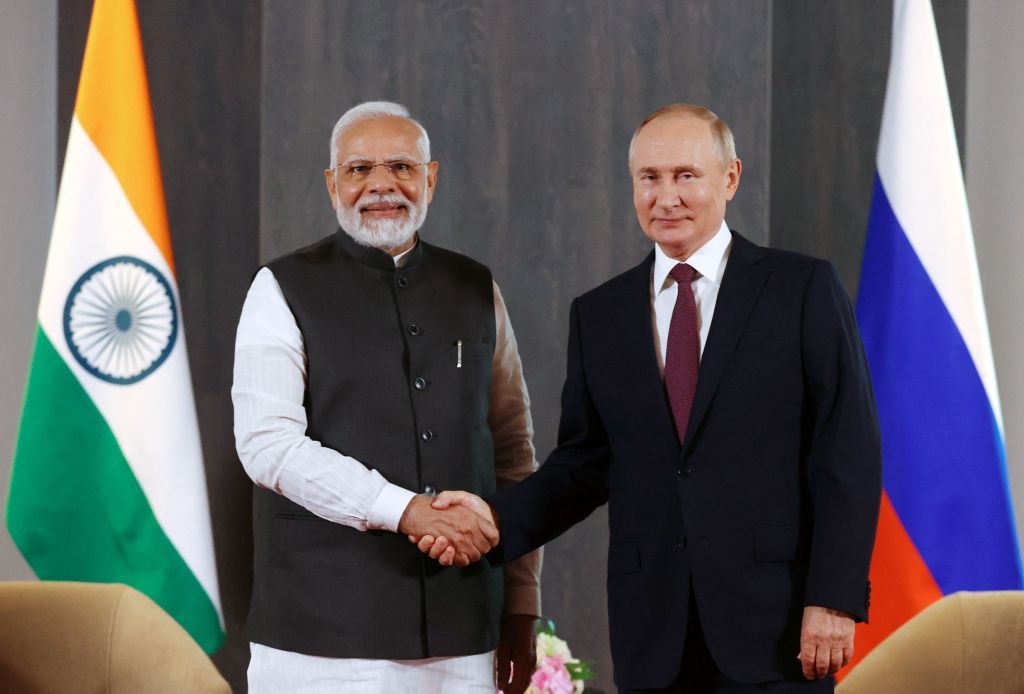India will receive two Russian-made warships in the next few months as the two countries work around U.S. sanctions that have complicated purchases of Russian arms, unnamed Indian officials told Bloomberg.

kyivindependent.com
India will receive two Russian-made warships in the next few months as the two countries work around U.S. sanctions that have complicated purchases of Russian arms, unnamed Indian officials told Bloomberg.
New Delhi has positioned itself as neutral in the
Russia-
Ukraine war, calling for a diplomatic solution while
fostering close economic ties with Moscow. India has become one of the chief buyers of Russian oil following Western sanctions, although pressure from U.S. sanctions
increasingly threatens this trade.
At the same time, Ukraine has sought
to engage India and obtain its support for President Volodymyr Zelenky's peace formula, as well as other economic partnerships.
One ship will likely be delivered to India in September, with another expected to arrive early next year, the senior officials said. The delivery of the vessels is reportedly two years behind schedule because of Russia's war in Ukraine.
The two frigates are part of an four-ship agreement signed between
India and Russia back in 2018, according to Bloomberg's article published on April 5. The other two ships are being built in India in cooperation with Russia but are also experiencing delays due to war-related supply issues, the officials said.
U.S. sanctions imposed on Russia over its
full-scale invasion of Ukraine had impeded weapons deliveries to India for over a year as the countries grappled with finding a payment mechanism compliant with U.S. sanctions, Bloomberg wrote.
India and Russia were eventually able to bypass the payment problem, according to the outlet's sources, who didn't provide further details.
Russia remains India's largest supplier of military equipment, accounting for 36% of India's arms imports, according to the Stockholm International Peace Research Institute.






